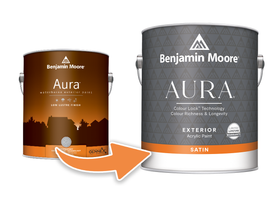
Innovative Materials in Sustainable Art and Design
The Rise of Unconventional Materials in Art
Artists are pushing boundaries with materials that were once considered waste or unusable. These innovations reduce environmental impact while sparking new creative possibilities.
- Human Hair in Textiles – Reduces reliance on synthetic fibers (Financial Times, 2024).
- Animal Bones in Sculpture – Gives new life to natural remains.
- Algae-Based Inks – Absorb CO₂ while creating stunning visuals.
Examples of Sustainable Material Innovations in Art
✅ Mushroom-Based Bioplastics – Used to create biodegradable installations.
✅ Recycled Electronic Waste – Turned into futuristic digital art.
✅ Textile Waste in Weaving – Upcycled into fabric-based artworks.
Case Study: An artist in Berlin recently created a fully biodegradable sculpture using fungi-based materials, demonstrating that art doesn’t have to leave a permanent footprint (Financial Times, 2024).
Ode to The Brutalist: A Reflection on Material and Meaning
The recent film The Brutalist (2024) has reignited interest in raw, unapologetic design. At its core, Brutalism isn’t just about architecture—it’s about material honesty. Just as sustainable artists embrace found objects, raw materials, and unconventional substances, Brutalist architects let concrete, steel, and stark geometries speak for themselves.
The philosophy of Brutalism echoes the sustainable art movement:
- Material is meaning – Just as Brutalist buildings expose their structure, sustainable art makes its materials central to its message.
- Longevity vs. decay – Brutalism thrives on permanence; sustainable art embraces biodegradability and renewal.
- Societal reflection – Brutalism often critiques modernity; eco-conscious art confronts human impact on nature.
🎥 The Brutalist reminds us that *art isn’t just what we create, but how we choose to shape the world around us. Just as filmmakers push the boundaries of form and function, artists using hair, bones, fungi, and recycled waste redefine what art can be.



